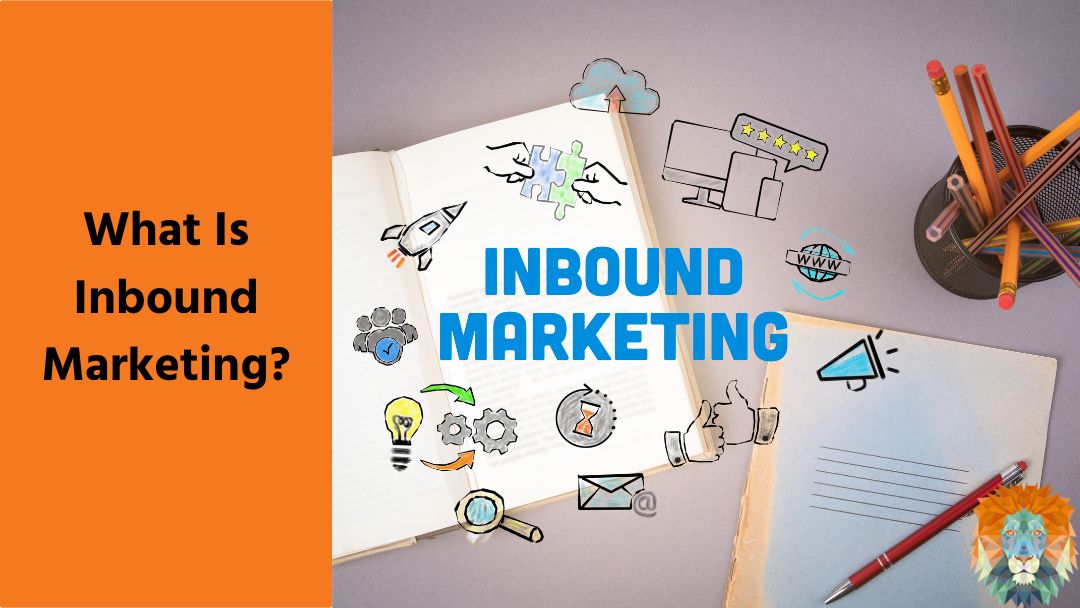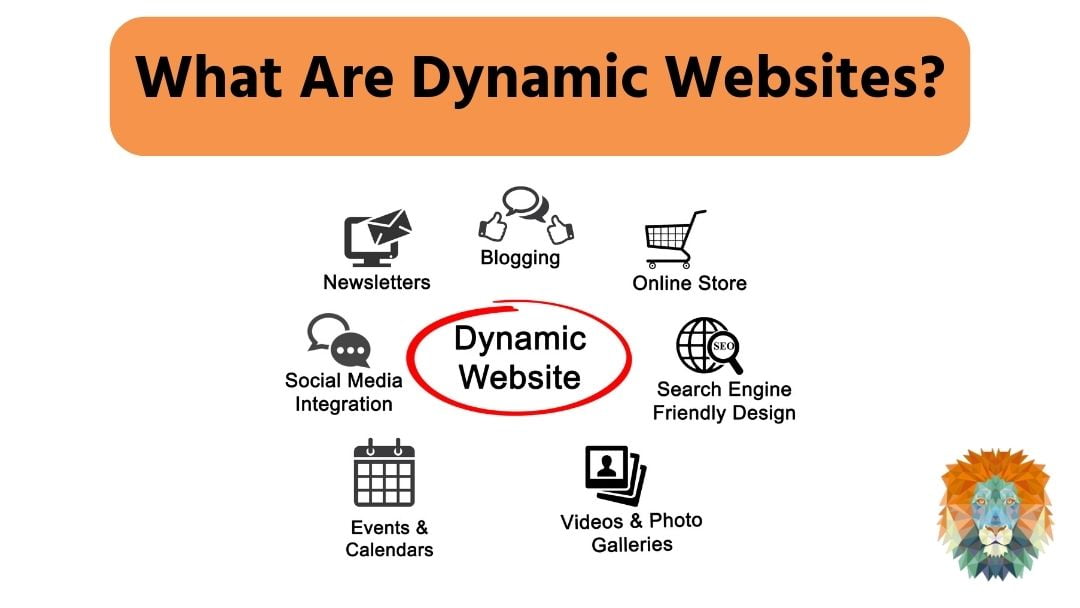Finding customers is one of the biggest challenges that any business faces. Over the past decade or so, traditional advertising practices have given way to digital marketing efforts, and while some of those old advertising methods can be used online, ad-blockers have rendered them all but useless. So instead, businesses looked for new methods of reaching their target customers and convincing them to buy, which is where the idea of inbound marketing was born.
What Is Inbound Marketing?
The term ‘Inbound Marketing’ was first coined by HubSpot co-founder Brian Halligan in 2005. The idea took a long time to catch on, and it wasn’t until 2012 that the concept really started to grow, along with our awareness of SEO. The core idea is simple – rather than businesses spending a lot of time and effort reaching out to cold prospects, why not build a business that grabs their attention and pulls them in, making them come to you instead?
Over the next 10 years, the models around inbound marketing have evolved, including taking the idea of the marketing funnel and turning it into a flywheel with the customer at the centre, and inbound marketing efforts moving around them to attract, delight and engage, turning strangers into customers and even promoters for your business. But the core principle of inbound marketing has always stayed the same – your business should become a beacon for your customers by using content to create real value.
How Is It Different From Outbound Marketing?
One of the most common questions we’re asked is how inbound marketing is different from outbound marketing – and how you tell which category any marketing effort falls into. Thankfully the answer is simple, and it’s fairly easy to remember too. Outbound marketing is all about you directly reaching out to customers and selling to them, while inbound focuses on attracting customers to your business on their own.
A few examples of outbound marketing efforts include:
- Telemarketing
- Direct mail
- TV adverts
- Banner ads
- Pop-ups
- Cold email marketing
Compare that to the list of inbound marketing, and you start to see the difference. Outbound marketing reaches out to cold prospects with no knowledge of your business and sells to them, while inbound marketing brings customers to you by providing them with information and education that is valuable to them.
The Five Core Principles Of Inbound Marketing
While the inbound marketing methodology evolved over the years (with the latest being ‘attract, engage and delight), the core principles of inbound marketing for businesses have stayed the same. These 5 principles, also known as SCOPE, act as a kind of guide to applying the inbound marketing methodology effectively in your business. If you follow these 5 principles in whatever marketing activity you’re doing, you will see more success.
Standardise
Make your approach standardised and scalable at every level. This includes things like having brand guidelines in place, understanding and having a brand story, and being consistent in your messaging across all of your marketing efforts.
Contextualise
Once you have a standardised set of messages and processes for your marketing, you can work on tailoring those things to each of your customer groups, making sure they resonate with the right people at the right time. This means taking into account a buyer’s pain points, the stage in their journey and the channel being used to consume the content.
Optimise
Marketing is never really finished. This principle is all about making your efforts better every time by collecting analytics and data, and using that information to understand how you can enhance your strategy in the future. Make changes, track the progress, and keep making improvements to see the best results.
Personalise
Modern customers hate automated emails and robocalls. They don’t want impersonal marketing efforts, and are less likely to respond to it. Personalising your inbound marketing content reinforces the idea that you’re building a unique connection with an individual, rather than just sending blanket emails. Humanise and personalise wherever you can.
Empathise
Finally, don’t forget about the human touch. It’s easy to get lost in the data of marketing and forget that there are real people at the end of each data point. Your marketing efforts should show your customers that you empathise with them, understand their pain points and genuinely want to make life easier for them. This is what really delights prospects and converts them to customers.
At Lion Spirit Media we’re a digital marketing agency that specialises in inbound marketing strategies. We want to help you Find your Roar, make it strong enough to become the leader of the pride and loud enough to be heard all through the jungle. That way, customers come flocking to you on their own, and you can see the results for yourself. If you would like to know more, just get in touch with the team today to book your free consultation.




0 Comments